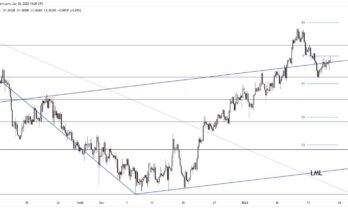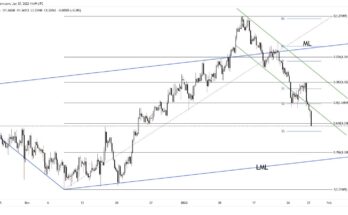The dollar has been on the defensive for the past two weeks and just above the low for the year on the dollar index. The recent run of US data has fallen short of expectations, although it is not easy to determine to what degree this has been related to the bad weather. For now, the perception is that the Fed is likely to continue with its policy of modest tapering, with the next meeting coming mid-March. The weaker dollar has also been helped by the reversal in emerging market fortunes after the wobbles seen towards the end of January, with those currencies under most pressure at the time having staged a fairly strong recovery over the past two weeks. Of the majors, the Aussie, kiwi and the pound have benefitted most during this period.
The focus this week will remain on sterling, given the inflation and labour market data released this week. The BoE Governor did his best last week and over the weekend to reassure markets that rates are not going to rise anytime soon. The market has not been quite as relaxed, expectations of rate hikes having been enhanced, which has, in turn, supported the currency. Cable is now at levels last seen more than 4 years ago. Minutes to the last BoE policy meeting will be released on Wednesday. Also in focus will be the Bank of Japan’s meeting (today and tomorrow), together with the RBA minutes tomorrow in Australia. Overall, we are likely to see the US dollar retain the weaker tone until the data start answering the question to what degree recent weakness in economic data has been weather related. Note that US markets will be closed today for the Presidents day holiday.
Further reading:
EUR/USD: Trading The German ZEW Economic Sentiment Index
Japan



